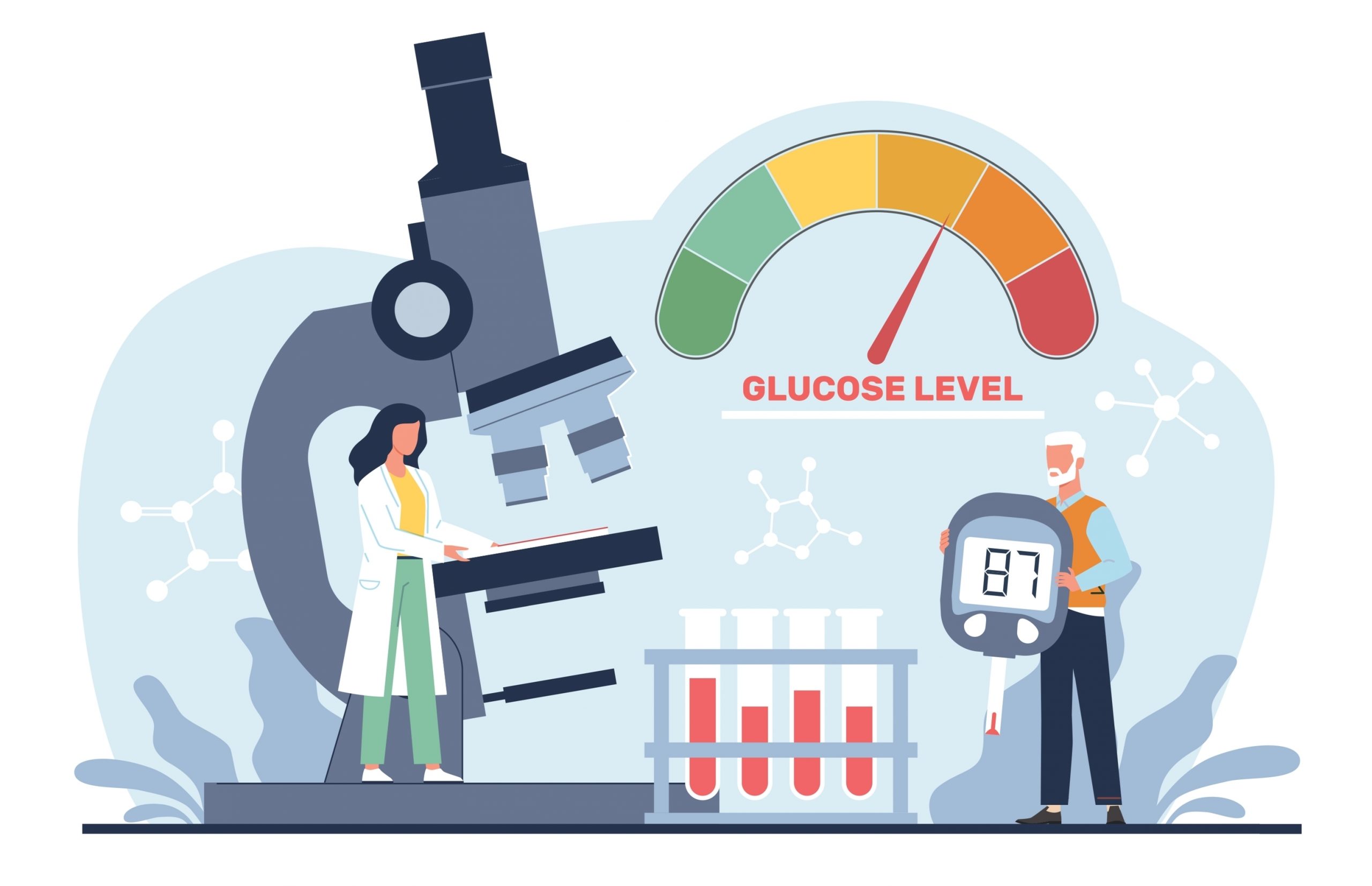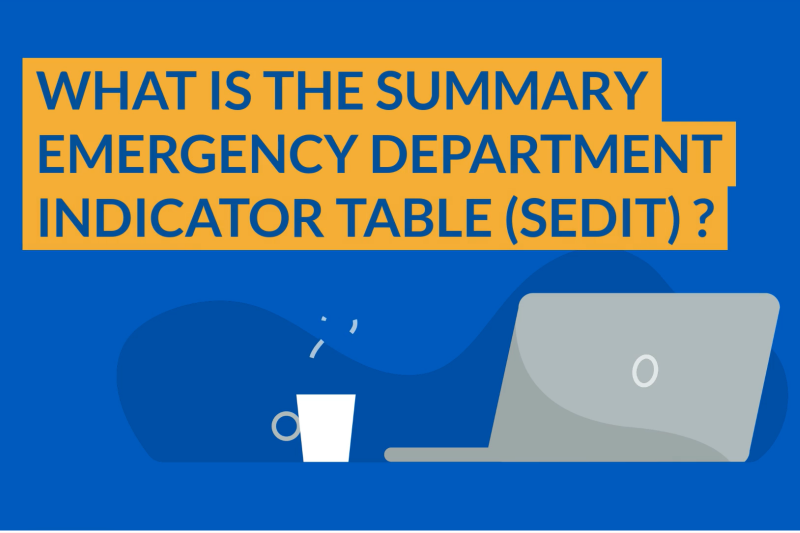
Updated Emergency and Medical Care Statement
12th December 2023
The New Pathway For The Management of Hyperglycaemia In ED
8th January 2024According to the national review by GIRFT (Getting it Right First Time), recent figures show that there are around 15.5 million admissions to UK Emergency Departments annually. This is a figure which has increased by some 74% since 2012.
The review, together with the use of the Summary ED Indicator Table, is designed to enable Trusts and Emergency Departments to understand and manage the relationship between demand, capacity, flow and outcomes in order to more efficiently support patient outcomes.
In 2017, the BMJ reported that while deaths due to diabetes had decreased in the UK, admissions relating to diabetes and associated complications had increased, particularly in the more deprived areas of the UK.
Why the rise in admissions?
Patients with diabetes who present with complications related to their diabetes including hyperglycaemia. DKA/HHS, foot emergencies or pump failure for instance can often be admitted to hospital due to a wide range of secondary diagnoses which can include stroke, pneumonia, and appendicitis etc. although these conditions may be present in patients with no prior diagnosis of diabetes.
It is clear that the diagnosis and management of treatment within the ED and beyond has had varying success rates across the country and among different Trusts and with the increase in diabetes diagnoses new protocols were needed to level up treatment outcomes.
Diabetes UK estimate that more than 5 million people in the UK are living with diabetes yet according to a report from May 2023 it was found that there have been too many instances of missed checks, disrupted care and health inequalities across the country. The New Pathway for Diabetes care and management, which replaces the previous NHS Rightcare pathway, has been developed in order to define the optimal care pathways and outcome improvements for patients with guidelines for good practice streamlined across the UK.
Support for NHS teams
The GIRFT New Pathway provides support for NHS teams at the ‘front door’ to enable better care and support for patients who present in EDs with diabetes and/or hyperglycaemia and other issues relating to a previous or new diagnosis of diabetes. Interactive versions of the GIRFT Pathways are now available to clinicians outlining the exact processes and decision-making channels they need to access in order to follow best practice guidelines and provide the best care and outcome for the patient. The Pathways relate to the management of patients presenting in the ED with a foot problem, or with hyperglycaemia or hypoglycaemia.
Alongside the Pathways, clinicians have access to the basic safety checks which should be carried out when a patient with diabetes or related issues comes into the ED. These include checking insulin and ketone levels plus examining the feet. The Pathway guidances are designed for use by all clinicians, whether in ED, same-day care or surgical units and can be bookmarked on all desktop and handheld devices for ease of access via a simple link to support best decision making.
Better diagnosis, Better outcomes
In 2020 GIRFT’s national report on diabetes showed that around 20% of hospital beds in England were occupied by a patient with diabetes. However, only 8% of these patients actually arrived in hospital because of diabetes, rather they were admitted for other reasons.
This is one of the reasons why it was important to have in place a system rolled out nationally to ensure all healthcare professionals, including ED clinicians, are aware of the correct diagnosis and treatment pathways for diabetic patients. They must also be aware, crucially, of the importance of admittance and follow-up treatment and management plans in order to enable the patient to achieve a better, long-lasting health outcome.




